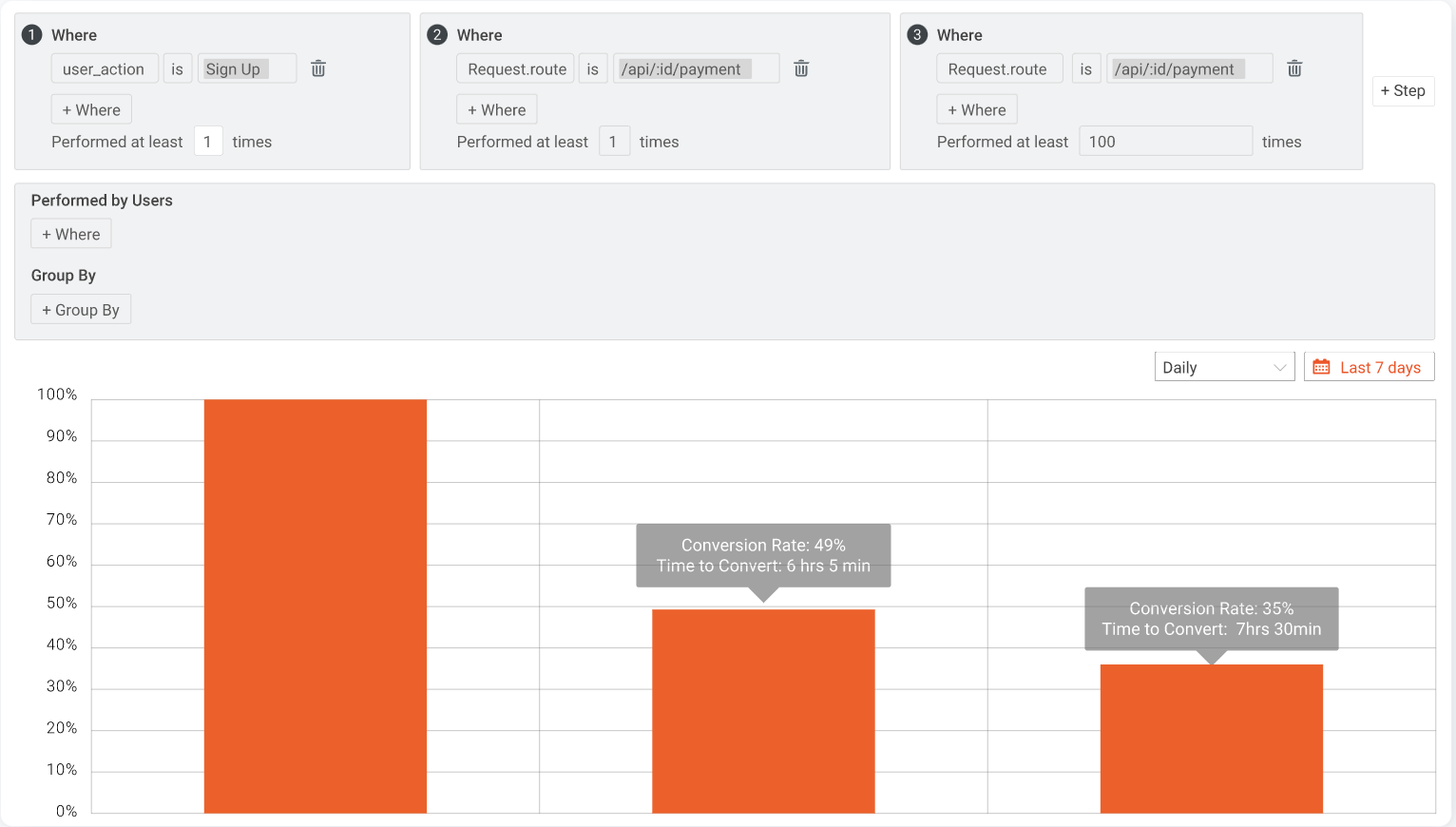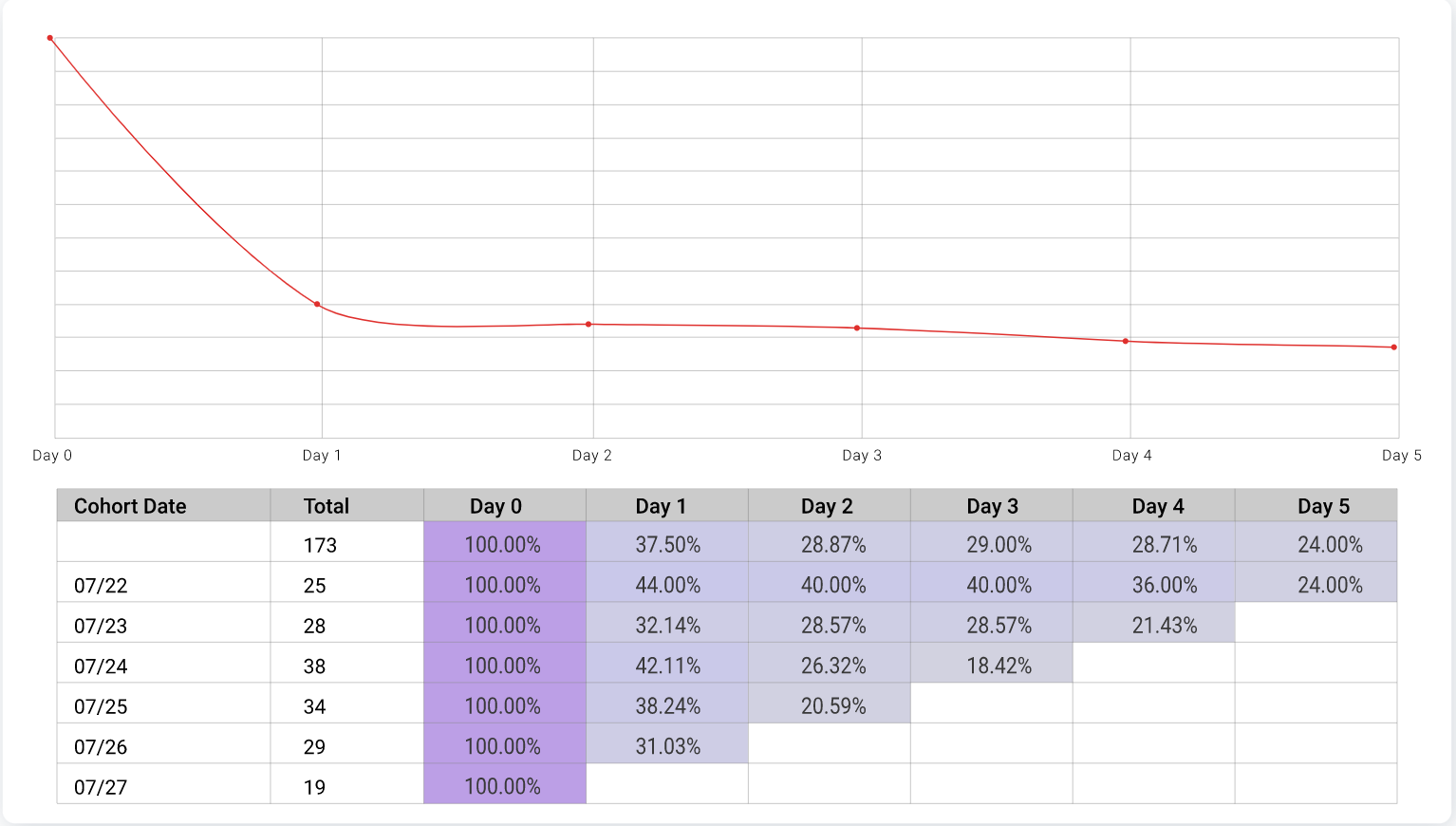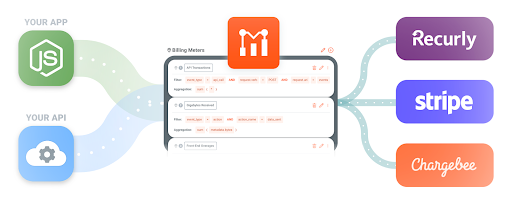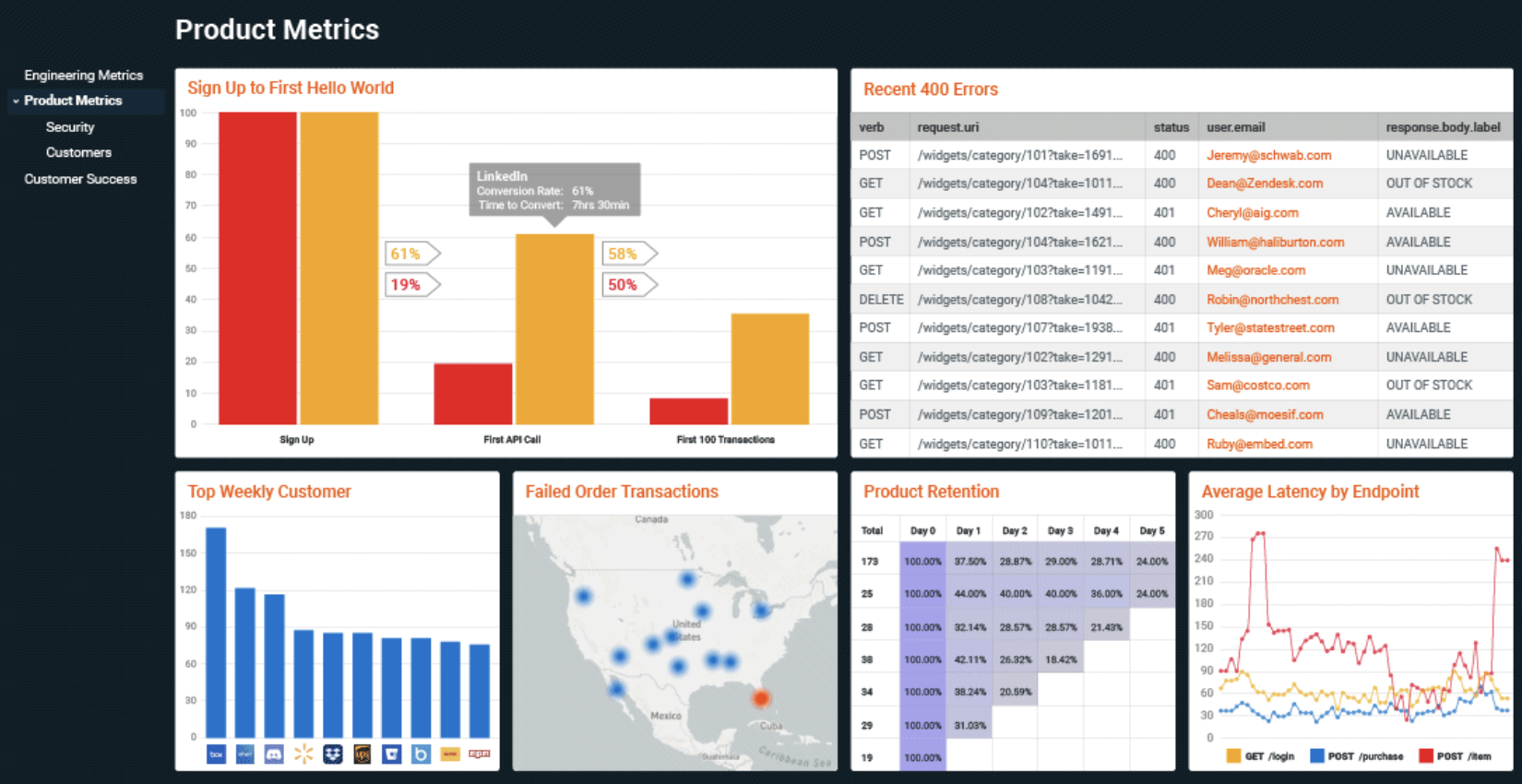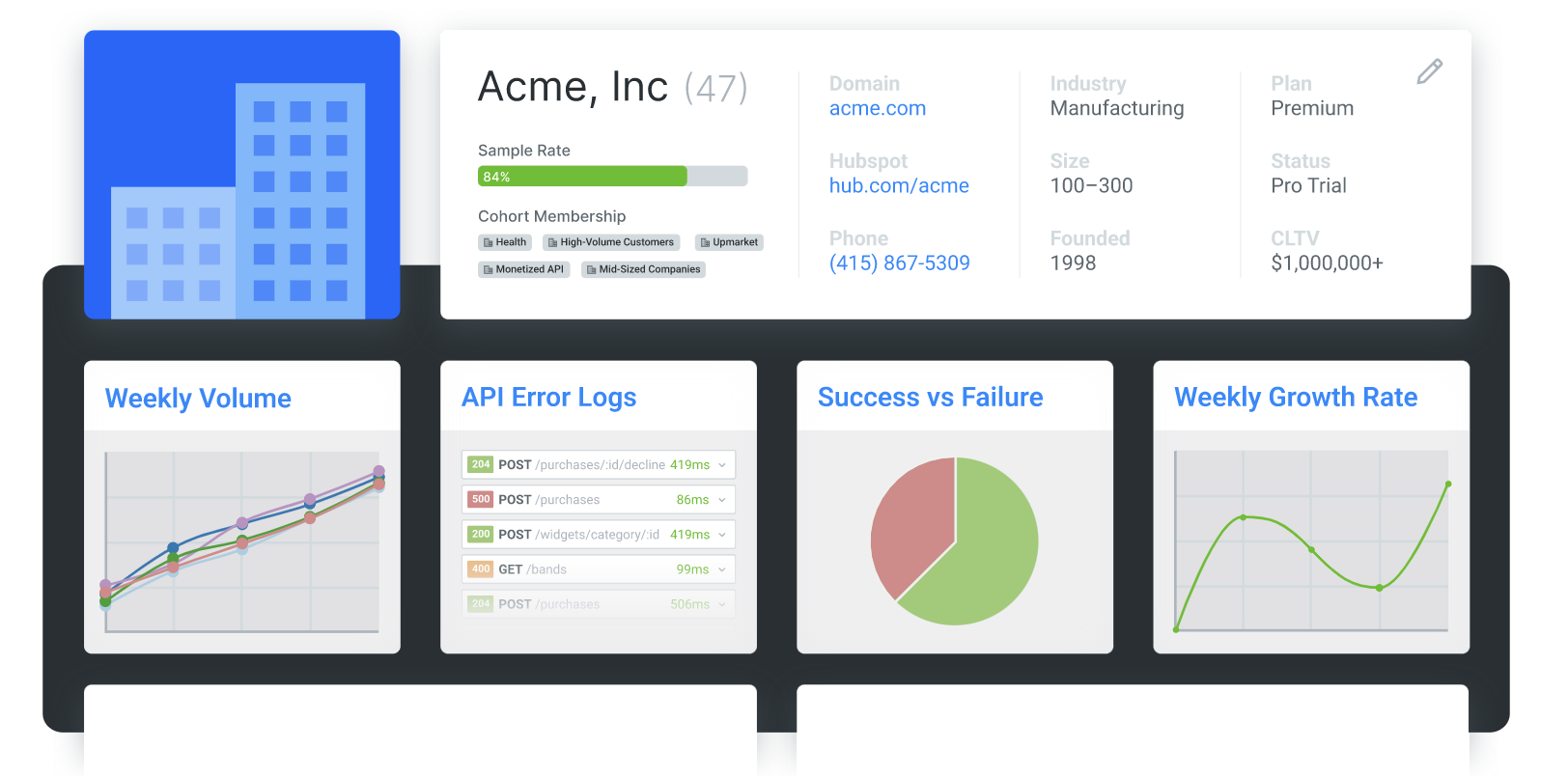Top 8 Blockchain APIs for Developers
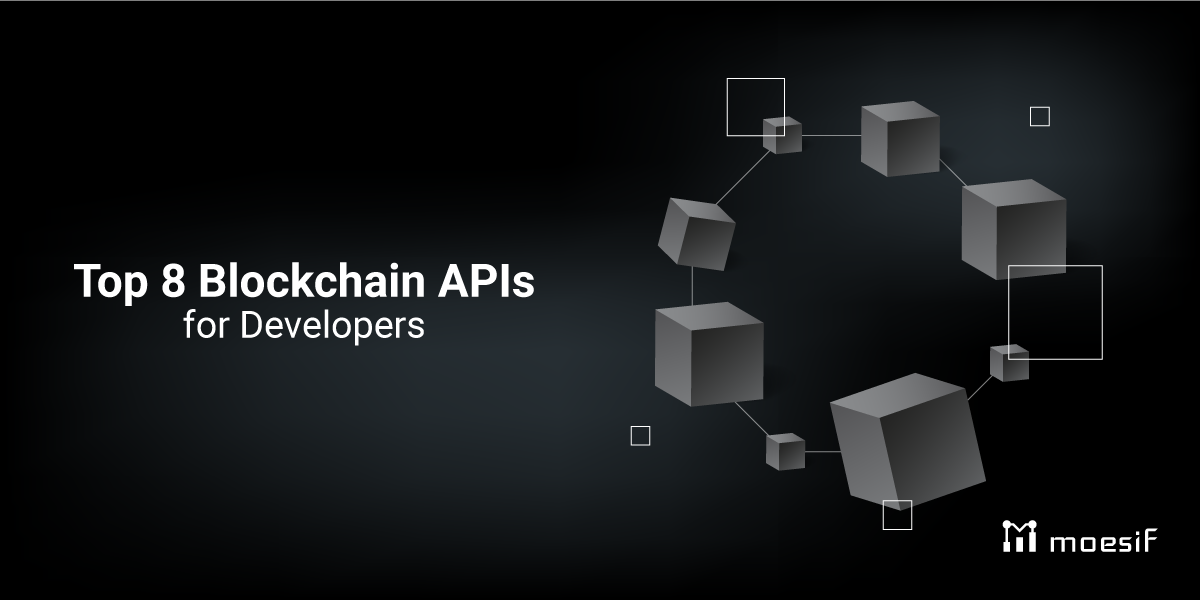
Developers are always looking for new ways to make their applications more secure and efficient. Blockchain APIs are one way to do this. A blockchain API is an application programming interface that allows developers to interact with a blockchain. By using a blockchain API, developers can access the data and functionality of a blockchain without having to build their own blockchain platform. This can save time and resources, as well as provide a more secure environment for development. In this post, we will explore the best blockchain APIs for developers. We will look at the features and benefits of each blockchain API, as well as how they can be used to create more secure and efficient decentralized applications. Blockchain APIs are a crucial part of the expanding blockchain ecosystem, enabling scalability and diversity in blockchain technologies and applications.
What Is Blockchain Technology?
A blockchain is a digital ledger of all cryptocurrency transactions. It is constantly growing as “completed” blocks are added to it with a new set of recordings. Each block contains a cryptographic hash of the previous block, a timestamp, and transaction data. Bitcoin nodes use the block chain to differentiate legitimate Bitcoin transactions from attempts to re-spend coins that have already been spent elsewhere.
The API allows the blockchain developer to interact with the blockchain in a variety of ways. For example, they can develop digital wallets for users, send and receive payments, and check balances. The API also enables developers to monitor markets and trends, as well as create applications that can be used to track prices or manage investments. A wallet API can be used to manage transaction histories, facilitate cryptocurrency transfers, and check wallet balances, making it essential for building applications like e-commerce platforms that require cryptocurrency payments.
The most popular blockchain is the one that powers Bitcoin, but there are many other types of blockchains being developed for a variety of purposes. Some of these include Ethereum, Litecoin, and Monero.

What Are the Benefits of Using Blockchain APIs?
Blockchain APIs offer a number of benefits for developers. They can help to streamline the process of developing applications and make it easier to integrate with other systems. In addition, Blockchain APIs can provide access to data that is stored on the blockchain, making it easier for developers to create applications that make use of this crypto data. Reliable data is crucial in blockchain development, and blockchain APIs ensure secure and accurate data retrieval, mitigating risks related to data manipulation.
Blockchain APIs can also help to reduce the costs associated with developing applications. By making it easier to access data stored on the blockchain, developers can avoid the need to build their own infrastructure to support their decentralized application. This can lead to significant savings in both time and money. A market data API can provide real-time market data related to cryptocurrencies, which is essential for applications like trading platforms.
In addition, Blockchain APIs can provide developers with a way to monetize their applications. By charging for access to data or functionality provided by an API, developers can generate revenue from their applications. This can help to offset the costs of developing and maintaining a decentralized application.
Finally, Blockchain APIs can help to create a more open and accessible ecosystem for applications. By making it easier for developers to access data and functionality provided by other applications, Blockchain APIs can help to create an environment where applications can interoperate with each other. This can lead to new and innovative app development being created that would not be possible without the use of APIs.
The Best Blockchain APIs for Blockchain Development
There are a number of different blockchain APIs available for developers, each with its own advantages and disadvantages. In this article, we’ll take a look at some of the best blockchain APIs currently available and provide a brief overview of each one. Many of these APIs are REST APIs, which are widely used for their simplicity and efficiency.
BlockCypher API
The BlockCypher API is one of the most popular blockchain APIs available today. It offers a simple interface that makes it easy to get started with blockchain development. allowing the developer to interact with Bitcoin, Etherum, Litecoin, and Dogecoin on a variety of platforms. The versatile development tools gives you the ability to interact with a smart contract, get notified about an unconfirmed transaction or create a multi signature transaction. Other features include:
- Data Addresses. Transactions, Blocks, Smart contracts.
- Interactions. Create Transactions. Decode transactions. Interact with contracts. Deploy contracts.
- Notifications. Transactions webhook. Block webhook. Double spend webhook. Websocket.
- Advanced Features, Multisig. Segwit Support. Confidence factor.
Chain API
The Chain API is another popular option for blockchain developers. It offers a more comprehensive set of features than BlockCypher, making it a good choice for more experienced developers. Chain also has good documentation and support for multiple programming languages. ChainAPI has a user-friendly interface that will allow API providers ro set up first-party oracles easily. Interface is used by the API2 employees to do integrations on behalf of API providers with necessary greatly improving their efficiency and correctness. Chain API will make it easier for API providers and requesters to interact with the Airnode protocol across multiple chains, including a node dashboard.
CoinBase API
The CoinBase API can be a great alternative option for blockchain development. Coinbase Pro provides an API that makes it easy to carry out various tasks. This includes sourcing real-time prices, storing digital currency safely, buying or selling cryptocurrencies, and processing digital wallets. They also offer a premium option with a much more advanced API for your blockchain solution. Some of the features CoinBase API offers:
- Generate bitcoin cash wallets and addresses.
- Securely store the coins.
- Obtain real-time and/or historical price data.
- Get notified when the payments arrive.
- Send/receive or sell/buy bitcoin cash, bitcoin, litecoin and ethereum.
Crypto API
Crypto APIs is a blockchain infrastructure provider that makes developing and managing Web 3 solutions easy and efficient. They provide Wallet as a Service (WaaS), Blockchain Data, Blockchain Events, Blockchain Automations, Blockchain Tools, and Market Data to make development easier. Developers use their SDK to access over 100 end points from a single provider for diverse solutions including digital banks, exchanges, wallets, custodians, lending products and more. With Node as a Service, you’ll be able to quickly deploy your blockchain technology with shared or dedicated node infrastructure. Chainlink, Ledger, Nexo and Paypal have already tried Crypto APIs’ company’s REST APIs. They love the white-glove support and features that are effective fast. Blockchain developers appreciate how reliable they are. Some features include….
- MPC’s Wallet as a Service is the best digital wallet on the market - it incorporates the top features, protection, and authorization process currently available.
- Blockchain Data- Unified access to complex and dynamic data from a single point using REST APIs. Data is often stored and exchanged in JSON format, highlighting its accessibility and ease of use for developers.
- With Node as a Service, you’ll be able to quickly deploy your blockchain technology with shared or dedicated node infrastructure. Utilizing JSON-RPC, it can be plugged into existing infrastructure and allows for an easy development environment in Javascript.
- Blockchain Automations - automatically forward any coins or tokens that are received to a preferred main deposit address.
Blockchain API
The Blockchain API is an additional option worth considering for blockchain development. Blockchain API is the perfect solution for providing cryptocurrency payments to your projects. The high quality of their services and capabilities make it easy to integrate. Blockchain API has been successful in integrating with over 25,000 developers. They offer many different APIs that are tailored to satisfy the needs of different customers. They have APIs for wallets, payment processing, querying data, exploring the blockchain network, analyzing crypto data and more.
It has several aspects that make it a competitive provider in the market. This includes data storage in blockchain, which is done in block form. The result of this is JSON data, which deals with transactions. Blockchain’s offline-first approach also means that they don’t need additional cryptocurrency storage services. It has a vast developer community and low timeouts, as well as an accessible JSON data format. You can also access the blockchain network through e-wallet accounts.
Block.io API
The Block.io API offers a simple interface that makes it easy to get started with blockchain development. Block.io also provides support for multiple programming languages, making it a good choice for developers who want to write code in their language of choice. Don’t forget to test your application thoroughly and always keep your private key confidential.
BitPay API
The BitPay API an international digital asset, BitPay’s API allows you to perform a wide range of tasks. BitPay provides a standards-based REST interface that enables application developers to interact in powerful and secure ways with their BitPay account. Using the BitPay API, clients can manage invoices, issue refunds, view merchant records, and more.Developers may choose to call the API over HTTPS using the language of their choice, or take advantage of our code libraries. And, if their preferred language isn’t listed, they can still customize the integration.
GetBlock API
The GetBlock API is another popular choice for a blockchain developer to explore. GetBlock provides a simple, easy way to use the power of blockchains, including smart contract functionality. Discover their high-speed running nodes and secured access to API for bitcoin and Binance’s Smart Chain on blockchains, like Bitcoin, that allow you to run a decentralized app efficiently. GetBlock offers API, smart contract, and explorer data services. It also provides a blockchain development program which has access to raw data. When you use our service, you are guaranteed speedy access over blocks, transactions, and contracts that can be achieved by simply using the base API data. GetBlock API has helpful technical guides and documents and offers custom SLAs that are tailored solutions to suit your business needs.
Factors to consider when determining on a blockchain API
Developers and development teams have preferences when it comes to choosing the best programming languages, architecture patterns, frameworks, or libraries. Blockchain API’s are similar.
Technology: It is important to use open-source codes which help avoid mistakes and improve overall security as it can be tested by other developers.
Performance: Blockchain APIs vary in performance and capacity, so it’s important to pick one that meets the needs of your application. A few transactions per second may be enough if you just need to encrypt a couple of documents, but apps with thousands of transactions per second will require subsystems called microservices. These will allow for handling high loads and continued responsiveness when processing user requests.
Compatibility: You’ll want to make sure the API you choose can support the coins you need.
How To Use Blockchain APIs
If you’re a blockchain developer looking to get started with blockchain technology, one of the first things you’ll need is a blockchain API. This will allow you to interact with the blockchain and build your blockchain application on top of it.
There are many different blockchain APIs available, so it’s important to choose one that’s right for your needs. Some factors to consider include the programming language you’re using, the features you need, and the level of development tools offered.
Once you’ve chosen a blockchain API, you’ll need to register for an account and get an API key. Then, you can start building your app development.
Be sure to test your application thoroughly before deploying it. And, always monitor the blockchain for changes that could affect your application. Tools such as Moesif can help leverage a browser SDK to access API call data from the client side. From there, we can generate debugging and monitoring reports to ensure your site’s running smoothly. If something does go wrong, we’ll alert you immediately so that it doesn’t have time to expand into a larger problem.
Support and Monitoring with Moesif
Moesif has unique features that allow you to associate each event that occurs in your app with a user and/or company. This gives a more nuanced understanding of the developer experience and how APIs are being used by each individual. A perfect example of this is Funnels and Retention.
Funnels are a step-by-step breakdown of a flow within your app. For example, you might be optimizing your sign-up process and looking for ways to speed it up. This analysis provides you with insights and how long it takes users to make their way through the steps and what percentage of customers complete them. This is important, as it helps establish a baseline you can use as you try to improve conversions and API usage.
A retention analysis can help determine when customers are quitting or becoming inactive with your product and APIs. This can help to improve retention and allow you to know when there is a problem with your developer experience. This will enable you to establish baselines to correlate improvements or deterioration of your developer experience with the retention of users.
Another way to track your API usage is to use alerts to let you now when users are having difficulties or to let you know about anomalies in traffic. For example, an alert might be used to let a customer success team know about issues that users are experiencing so they can reach out and help. Alerts also allow product teams to learn from feedback on issues in the short-term and make improvements in the future. Alerts are made up of two types: Static and Dynamic.
Static alerts can be set as a specific threshold, like having more than 3 401 - Unauthorized errors in an hour. Dynamic alerts allow you to set a threshold such as noticing when a user is experiencing a surge in 401 errors compared to their average amount. It allows you to monitor trends or spikes without putting a specific number in for the threshold.
Both forms of alerts can improve the user experience within your product, especially if it’s high quality and supportive from its team members. For more info on how to create an alert in Moesif, check out our docs.
Moesif allows you to set up automated email flows based on events your users are experiencing. This is done through creating behavioral emails. For instance, if a user has a high number of 401 - Unauthorized responses then you may want to send them an email with suggestions on how to fix the issue or a guide. This takes the pressure off the support team and also makes it possible for instant and proactive action to be taken.
Enabling API Monetization with Moesif
As an API provider, you may want to create some type of revenue with your APIs. When first starting the monetization process, you may find that the challenges are steep and complex. To solve these issues and create a smooth experience, significant customization and testing are going to be required. Thankfully, Moesif is a robust API monetization platform that can help. With unlimited options available through the platform, it’s easy for you as an API provider to drive adoption and revenue from your APIs.
With Moesif, you will have the flexibility to make well-informed decisions to increase revenue and profits. You’ll also have other tools that can supplement your user journey and improve your API product.
With Moesif, usage data can be synced to the provider. This calculated API usage is sent to the billing provider and is used to generate invoices for users. Alternatively, you can support pre-paid billing, where a developer buys credits as they need them.
For more info on how to monetize your APIs in Moesif, check out our docs.
Customer Success using Moesif
Leading customer success for API-first or developer-focused businesses is much different from traditional enterprise software, The best API products are built in a way that make them easy to use and hands-off, meaning customers don’t have to log in to the platform once it’s implemented.
When customer success works with API-first businesses, they should be prepared for two different experiences with their customers. The first experience is when the customer signs up and logs into your portal. Second, there is the customer’s experience when integrating with and interaction with your API platform. Both are considered to be part of the onboarding experience, and metrics should be recorded for each one. What’s more, it is the API that has the potential to offer long-term value. Customers who sign up but never fully integrate with or use that platform can churn quickly (if they’re paying already).
In Moesif, every API call can be attributed to a user and/or company. Moesif creates a profile for each of these companies and users which allows customer success teams to have a CRM-style view of the customers attributes.
Customer success teams can also easily track customer interaction with the platform and keep an eye on key customer health metrics. These metrics will show under the user or companies profile dashboard. Having the ability to see customer metrics in a visual dashboard which shows customer usage, including errors and integration problems that may be occurring.
Conclusion
The Blockchain APIs on this list provide a wide range of capabilities, from allowing developers to create their own digital currency wallets, to helping them interact with smart contracts on the Ethereum blockchain. While some of these APIs are still in development, and therefore may not be as reliable as others, they all show great promise for the future of blockchain technology. In the meantime, we encourage you to experiment with all of these APIs to see which one(s) work best for your project.
When creating APIs for yourself, using a solution like Moesif to monitor and improve your users API experience is crucial. The adoption of APIs can be easily tracked and enhanced using many of the features talked about in this article. The features we covered included API analytics, API monitoring, and API metered billing. To try out these features for yourself for your own Web3 APIs, log in to Moesif or sign up today to get started.


